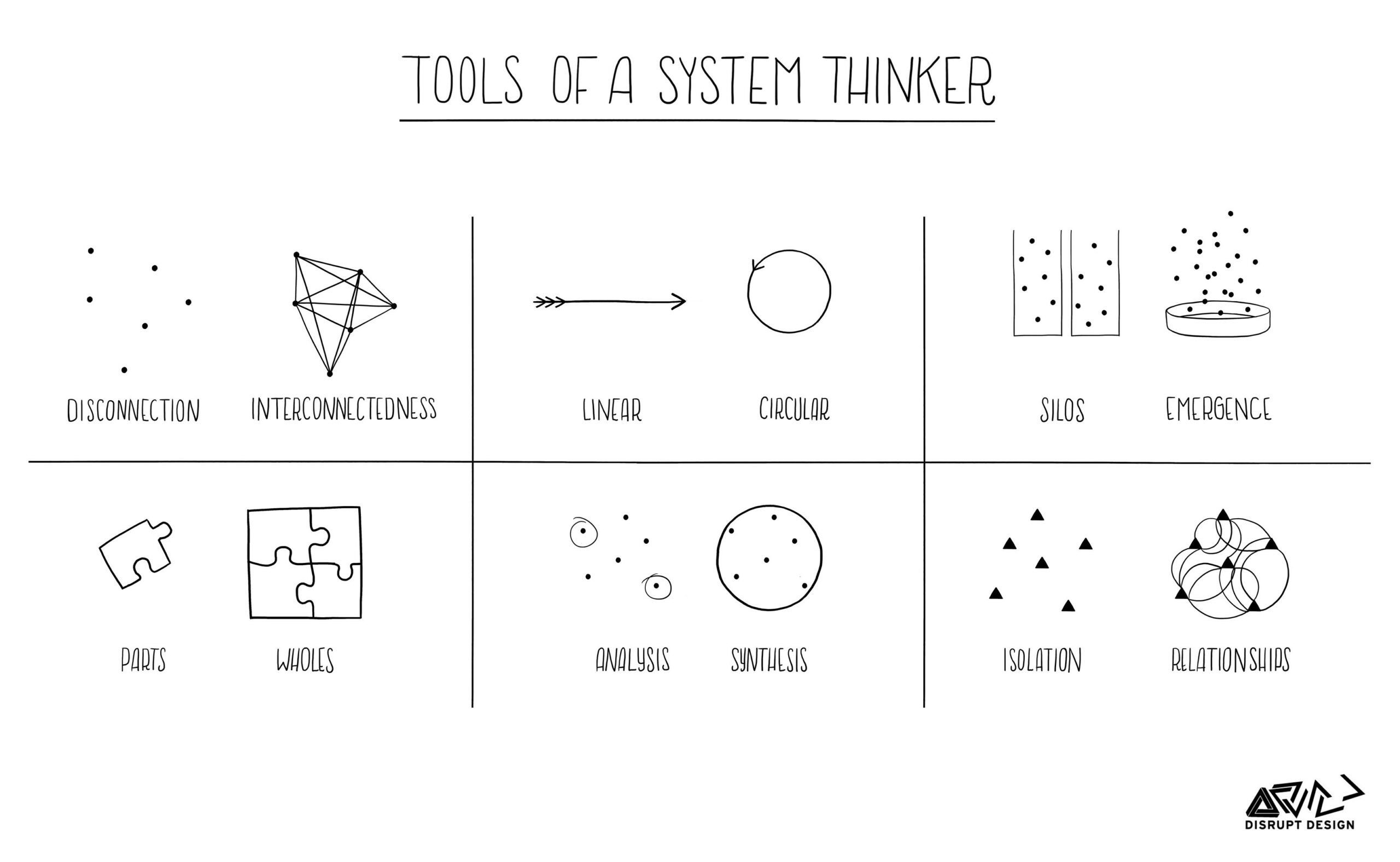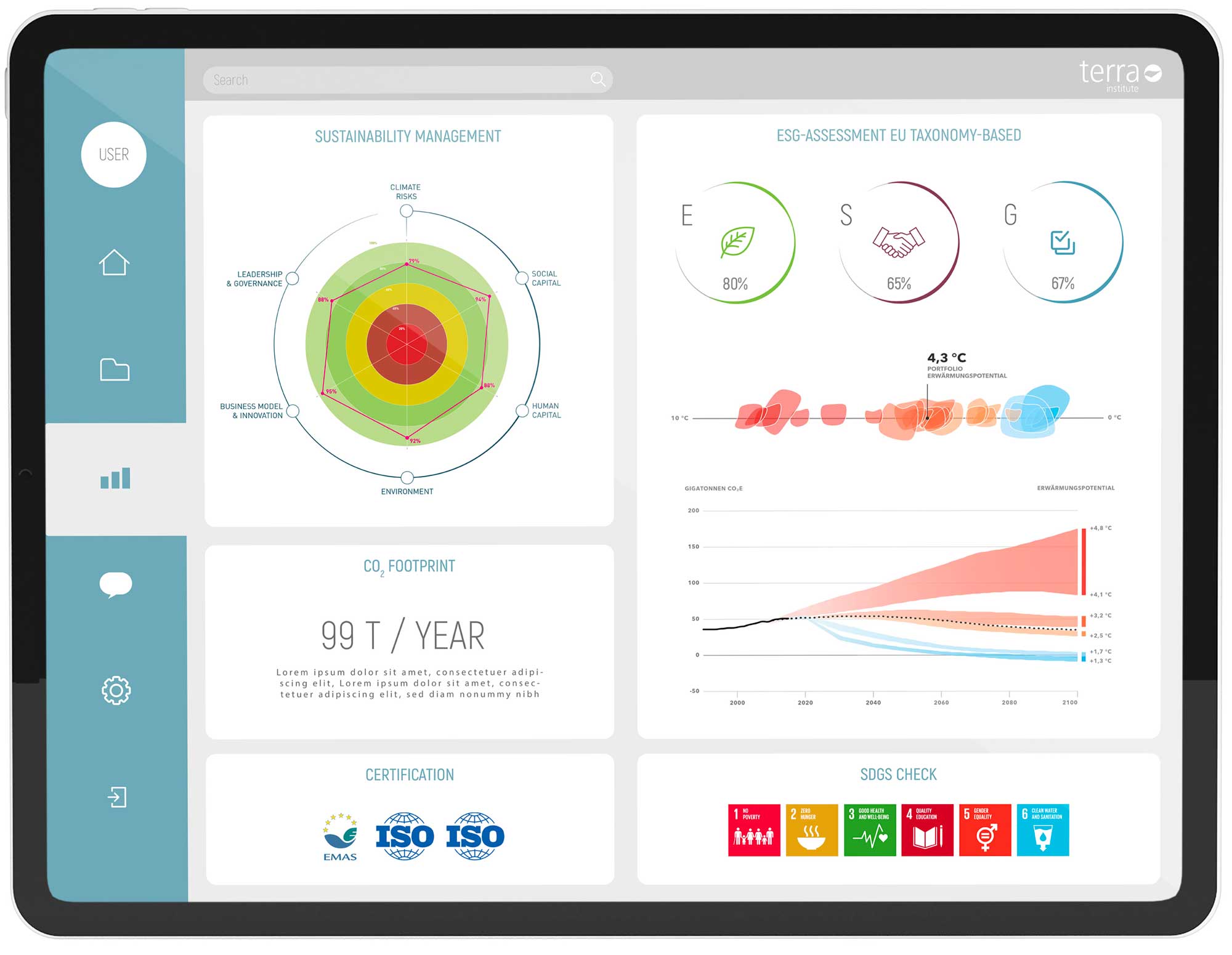For the second year in a row, the World Economic Forum’s Global Risks Report 2021 ranks biodiversity loss as one of the top five risks in terms of likelihood and impact. Biodiversity and business – Companies should act now to measure and mitigate their impact on biodiversity, as capital could be quickly withdrawn in the future from companies that consume natural resources or have negative impacts on biodiversity. At the same time, a growing number of retail chains and forthcoming EU legislation are demanding that companies understand, account for and disclose their biodiversity risks and opportunities.
NATURE NEEDS DIVERSITY LIKE A CITY DOES
But what exactly is biodiversity, and why is it also the foundation of a resilient business? “People can plant trees, but they cannot plant a forest,” writes biologist Frauke Fischer in her book “What Has the Mosquito Ever Done for Us?” A forest is much more than a few trees; it is an ecosystem with many interdependencies.
When we talk about biodiversity, we are always talking about the triad of variability within a species, the diversity of species and the diversity of ecosystems. Biodiversity is a matter of survival for ecosystems. This becomes clear when we apply the basic principles of biodiversity to a man-made system, such as a city. A city is made up of buildings, infrastructure, communications and much more. Suppose a toilet is blocked, but there are only bakers in town. Or there is no way to communicate because there is no mail, internet or telephone. Then repairing the toilet will fail.
Biodiversity is a matter of survival for ecosystems, just as it is for a city: If there are only bakers, the toilet cannot be repaired.
This simple example shows why a functioning ecosystem needs diversity and why, for example, the forest ecosystem cannot be made up of trees alone, but needs many different participants in order to be resilient as a whole.
According to an internationally discussed study (Global human-made mass exceeds all living biomass, Elhacham et al.), 2020 will be the first year in which the weight of human-made products on this planet will exceed the natural biomass. This is a worrying development and could lead to the illusion that we can live without nature and biodiversity.
THE SUPPLY SERVICES PROVIDED BY NATURE
According to the World Economic Forum (WEF), more than half of the gross national product created by humans is directly based on services provided by nature. This means that without nature, our economy would shrink by about 50 per cent. In reality, of course, it would fall to zero, because without nature there is no life. When we talk about the services provided by nature and its biodiversity, we consider nature as a service provider, which is why we speak of ecosystem services. There are at least four different types of services provided by nature:
- Raw materials/products that we extract directly from nature, such as a cubic metre of spruce wood or a tonne of tuna;
- Regulatory services, such as keeping air and water clean or viruses away;
- Cultural services, as nature provides recreation and inspiration, and forms the basis for leisure activities and tourism;
- Photosynthesis as a source of oxygen and the basis for breathing.
Some of these services provided by nature cannot be replaced by technology (e.g. photosynthesis or the provision of fertile soil). And where it is possible, the technical solution is usually much more expensive (e.g. purifying water with technical filters or pollinating plants with a robot bee).
BIODIVERSITY AS A BASIC REQUIREMENT FOR ENTREPRENEURIAL RESILIENCE
But what is the link between biodiversity and business? So far, only a few pioneering companies are pursuing credible biodiversity strategies with solid biodiversity targets. But this could change quickly. There are several reasons for this:
FIRST: INVESTORS REDIRECT CAPITAL
Companies that have a negative impact on biodiversity could find it harder to raise capital. This is because an increasing number of investors and banks are beginning to incorporate biodiversity criteria into their considerations in order to stay ahead of the regulatory curve and ensure that they are not exposed to stranded assets as biodiversity regulations evolve. As a result, capital may soon be redirected from companies that directly or indirectly cause negative impacts on biodiversity to those that are “nature friendly”.
One in five companies could face significant operational risks as a result of ecosystem collapse.
A variety of new regulatory approaches have also been announced or are expected at international, European and national levels, including strict rules on the commercial use of certain areas, subsidy reforms, taxes and fines, the implementation of science-based targets and trade guidelines.
SECOND: IMPACT OF BIODIVERSITY ON BUSINESS SUCCESS
The collapse of ecosystems could pose significant operational risks. The United Nations Environment Programme’s Finance Initiative found that 13 out of 18 sectors are linked to production processes that have a high or very high material dependence on nature. This means that one in five companies could face significant operational risks as a result of ecosystem collapse. These material natural risks can typically be linked to the following factors:
- Dependence: If a company is directly dependent on nature as part of its business model (e.g. for fresh water, pollination or productive soils), this could affect its financial performance. For example, beverage companies need a reliable supply of fresh water, food companies depend on the stability of crops and farmland, and biopharmaceutical companies need ecosystems to develop new sources of medicines.
- Impacts: Loss of biodiversity feeds into various types of ESG risk and can directly affect companies by disrupting their supply chains, increasing the cost of regulatory compliance and undermining the social licence to operate (SLO).
Moreover, biodiversity risks can be quantified.
THIRD: OPPORTUNITIES FOR COMPANIES THAT APPLY THE RIGHT APPROACH TO BIODIVERSITY
Biodiversity considerations can make a significant contribution to making the value chain more resilient. As part of the global transition to a low-carbon economy, companies will increasingly be expected not only to demonstrate their decarbonisation strategies, but also to reduce (and ideally improve) their negative impacts on biodiversity. For example, the EU Taxonomy will require companies to disclose how they have adopted or plan to adopt business practices that are compatible with the sustainable use and management of natural capital, including air, water, land, minerals and forests. Biodiversity and business: Just as companies are seeking to incorporate a price on carbon into their decision-making, they should already be establishing formal natural capital accounts to support innovation and the conservation and planning of ecosystem services.
Biodiversity is humanity’s life support system. It underpins the global food system, maintains the quality of air, freshwater and soils, distributes freshwater, regulates climate, provides pollination and pest control, absorbs carbon emissions and reduces the impact of natural hazards.
If we learn to conserve, restore and use our biodiversity in a fair and sustainable way, we will continue to have access to a range of natural resources. Not just now, but for many generations to come.










